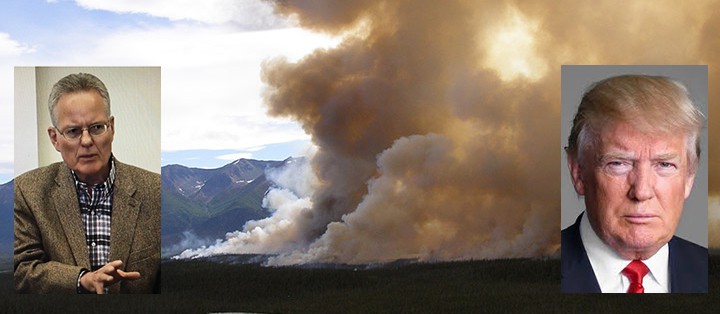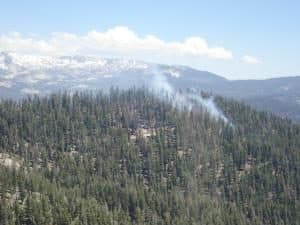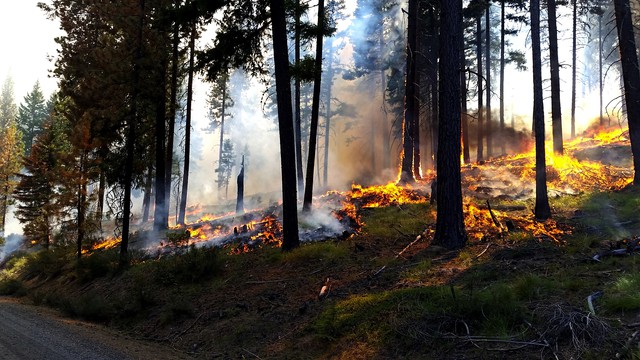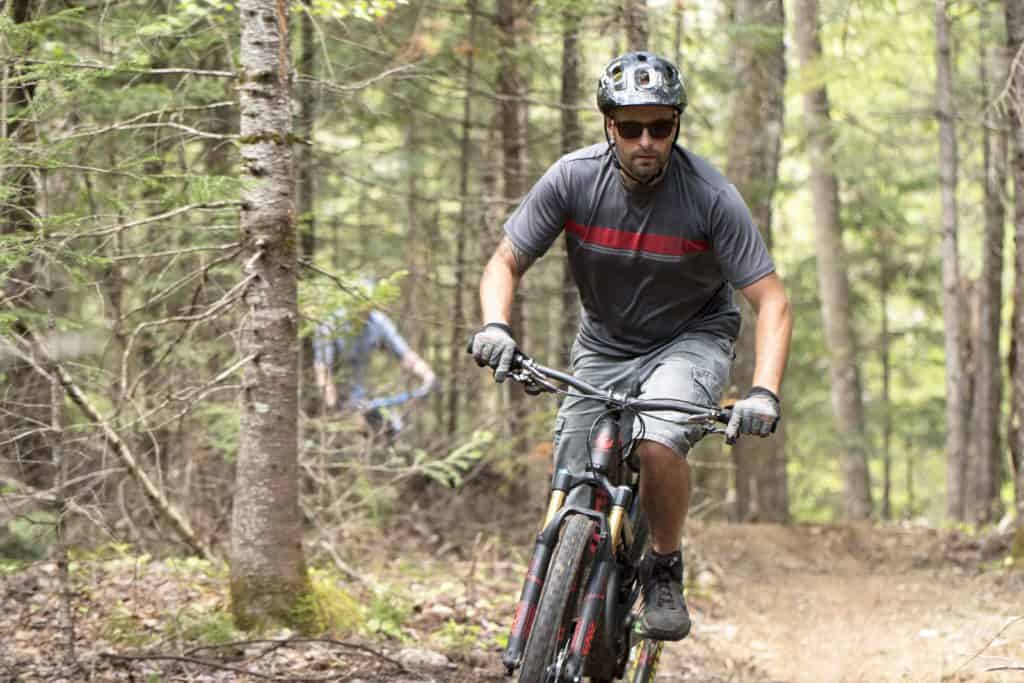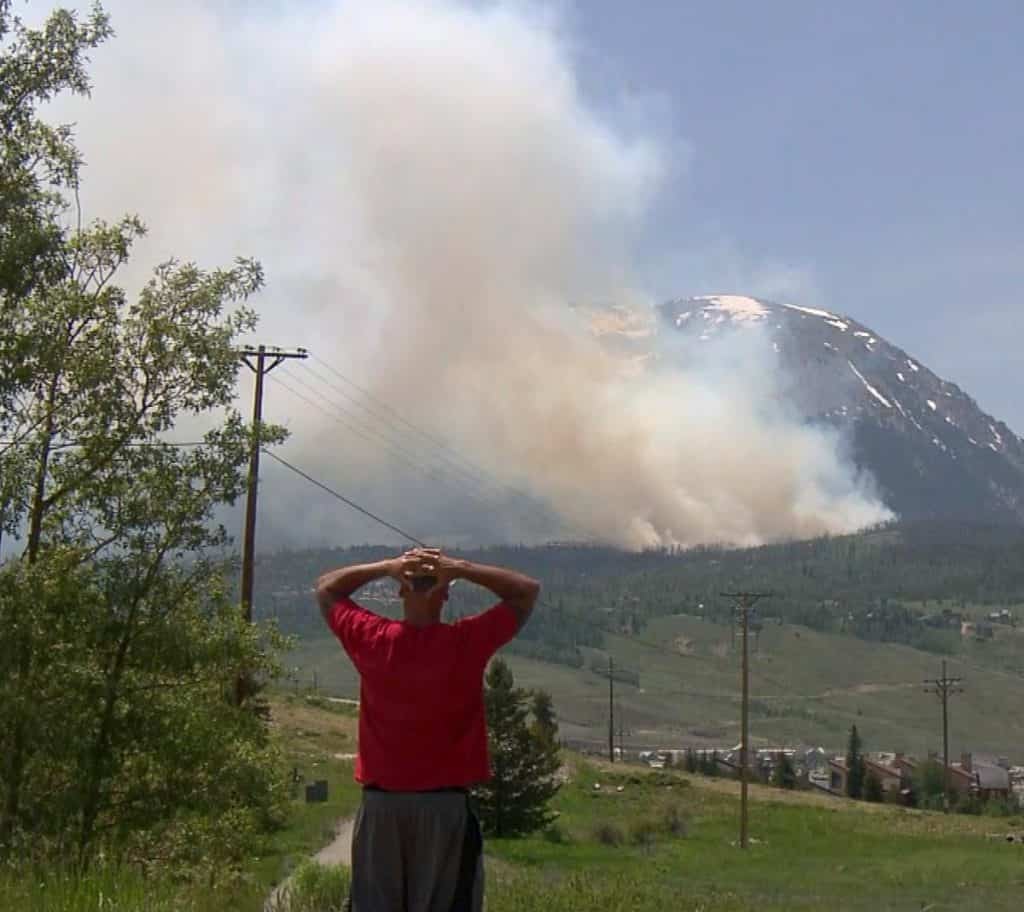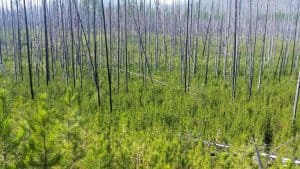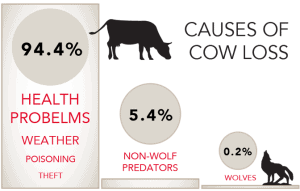Thanks to Evergreen Magazine. They are having a series with an interview with Michael Rains. Michael Rains is not only both experienced, and a brilliant guy in general, but has a gift for both budget and politics, so he’s worth listening to.
Here’s a link to his letter.
Please allow me to summarize:
The management of the nation’s forests, especially the National Forests, need immediate, aggressive attention.
Years of shifting resources (skills, money and projects) from non-fire work to the fire effort has created a huge gap in the ability of the Forest Service to carryout forest management actions on the ground. Thus, wildfires are larger and more intense than ever before.
The current 2018 budget; the 2019 proposed budget; and, the latest Senate and House Action on the proposed budget do not address, in any significant way, the required forest management needs of our country, perhaps especially those on the National Forests. Thus, large, high intensity wildfires will not subside.
The so called “fire fix”, if deployed in 2020 can help slow the shift of non-fire activities for the fire effort. But, we cannot let the “fire fix” keep us from understanding that the real brass ring that the Forest Service is searching for is effective fire management resulting from aggressive forest management. That is, the fire fix is only the first step toward a forest fix.
As the 2018 fires season unfolds, it is easy to forecast another destructive fire season and $5 billion will be expended by federal, state and local sources to suppress wildfires across the country.
Funding for forest management actions, including targeted hazardous fuels treatment, is woefully inadequate. In fact, at the current funding level, forest health will continue to decline and the impacts of wildfires on the land and people’s lives will only get worse. A budget increase in the range of +$1.3 to +$2.2 billion is required. Eventually, this amount can be reduced as aggressive forest management enables fire management to take place and fire suppression costs begin to decline.United States taxpayers are losing $70 to $350 billion a year in wildfire-related damages to infrastructure, public health, and natural resources. Wildfires are a major cause of losses to the forest-products industry and rural communities, especially, are at peril. Fuel accumulations have enhanced high-intensity wildland fires. There are more than a billion “burnable” acres across America and an estimated 120 million people in more than 46 million homes are at risk due to wildfire; 72,000 communities are directly in harm’s way. Thousands of heroic firefighters have died protecting people and property. How many more reasons does it take before we can begin to improve America’s forests so fire can be used as a conservation tool and no longer feared for their destruction. We need your Administration to act. Clearly, now is the time. Positive impacts will be immediate.
In the draft EO Rains cites the need for PB as well:
The reduction of hazardous fuel is accomplished by an aggressive forest management strategy of increased timber and other forest product harvesting, salvage logging after a wildfire, and extensive application of pre-approved and planned prescribed fire.
Rains mentions the need for more small diameter uses and products..
Earlier I stated that due to the extreme costs of fire suppression, fewer funds and resources are available to support the very programs and restoration projects that reduce the fire threat. A program that emphasizes the innovative, cost-effective use of biomass is a prime example. Some examples of uses for biomass are wood-based nanotechnology; “green” building construction, including advanced composite materials; and certain aspects of energy production, such as torrefaction, which removes moisture and volatiles from woody biomass, leaving bio-coal, an advanced, more-efficient form of wood for energy. Such uses offer pragmatic market-based solutions to help forests become more resilient to such disturbances as widespread catastrophic fire loss. Biomass uses are outcomes from restorative actions to our forests.
I’m thinking of a competition for cost effective small diameter products like this XPrize for Carbon Capture and Storage.. could even use that model. For techie readers, albeit somewhat off-topic, I recommend taking a look at some of the prizewinners if you’re interested in CCS.
